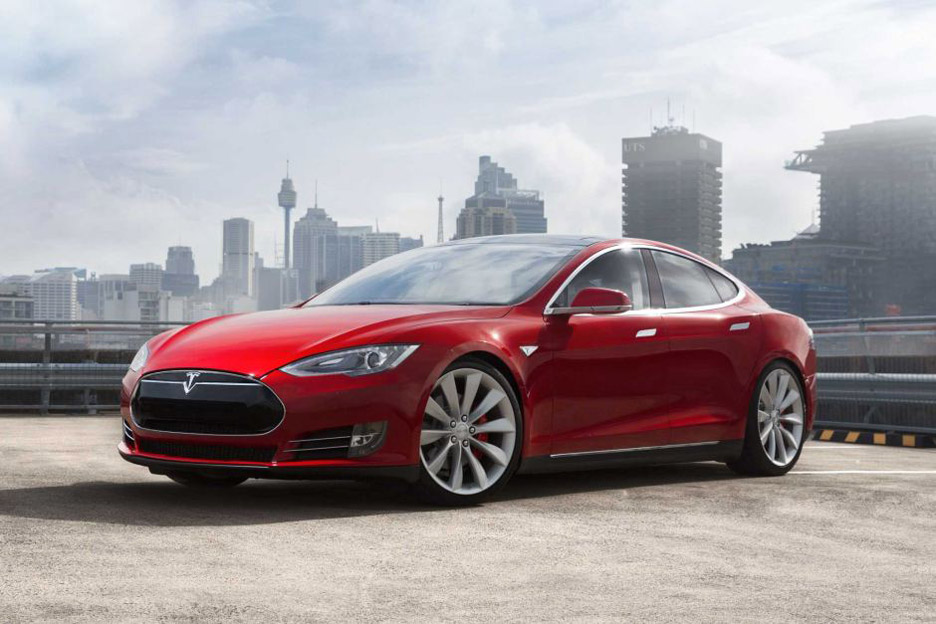Tesla driver killed in first fatal crash using Autopilot
The driver of an electric Tesla car has been killed in a road accident after its Autopilot mode failed to recognise an oncoming lorry.
Joshua Brown, 40, was killed in Florida on 7 May 2016 after his Model S car went underneath a lorry.
It is believed to be the first fatality involving a vehicle in Autopilot mode, which can be switched on to control the car during highway driving.
According to the Florida Highway Patrol report, the Tesla's windscreen hit the bottom of the trailer as it passed underneath, and the car kept going, leaving the road. It continued, striking a fence, crossing a field and passing through another fence before finally hitting a pole about 30 metres south of the road.
In a statement on Tesla's website, the company explained that the vehicle's sensors, which help to steer the car by identifying obstructions, had failed to recognise "the white side of the tractor trailer against a brightly lit sky".
"The high ride height of the trailer combined with its positioning across the road and the extremely rare circumstances of the impact caused the Model S to pass under the trailer, with the bottom of the trailer impacting the windshield of the Model S," it read.
"Had the Model S impacted the front or rear of the trailer, even at high speed, its advanced crash safety system would likely have prevented serious injury as it has in numerous other similar incidents."
Tesla's Autopilot mode can be activated during highway driving to steer, change lanes and adjust speed in response to traffic. It uses a combination of cameras, radar, ultrasonic sensors and data.
It differs from self-driving technology, currently in development, in that it asks the driver to remain engaged, with their hands on the steering wheel, ready to manually override when they wish.

Tesla's Autopilot is now the subject of an investigation by the US National Highway Traffic Safety Administration (NHTSA), which will determine whether the function performed as expected.
If the NHTSA rules that it didn't, the investigation could lead to a recall. Should that be the case, it is likely that Tesla would put out a wireless update to its cars instead of physically taking the vehicles back.
According the the BBC, Tesla's shares dropped by three per cent after the government said it would be investigating the crash.
The incident is a blow to the reputation of autonomous technology at a time when regulators across the world are considering how to safely introduce it on public roads.
Tesla founder Elon Musk had previously said driving is too dangerous for humans and will be outlawed as soon as self-driving cars are proved to be safer – an argument backed by the US Department of Transportation, which earlier this year unveiled its plans to eradicate road accidents by increasing the number of autonomous vehicles.
Tesla's statement on the crash suggested that despite this fatal accident, it is standing by its earlier arguments.
"This is the first known fatality in just over 130 million miles where Autopilot was activated," said the company. "Among all vehicles in the US, there is a fatality every 94 million miles. Worldwide, there is a fatality approximately every 60 million miles."
However, the technology is still being refined. An accident report recently revealed that one of Google's self-driving vehicles had collided with a public bus in Mountain View, California – soon after it became the first non-human to be recognised as a driver in the US.